Different Entries To Be Made In Bridge Log Book of The Ship
Being a deck officer of a ship involves myriad responsibilities that are spread across the different aspects of the vessel’s operation. It is a challenging job wherein the responsible person has to ensure that the ship is navigating safely on the correct path and complying with all the navigational rules i.e. Rules of the Road (ROR). Not only is the safe navigation the prime responsibility but it’s documentation also holds equal importance to lend credibility as well as accountability to the task being executed.
It can be said that as far as the navigation of the ship is concerned, the safety of the ship’s staff is solely in the hands of navigating deck officer (also termed the Officer Of The Watch) and the assistance rendered in carrying out his duties by another crew member on the bridge. An agile watch by these people ensures that the ship is never in an emergency situation such as collision, grounding etc. that exposes the vessel to damage and liabilities.
Utmost safety can be ensured by following the rules and regulations of the sea, company checklist and last but not the least, filling out the bridge logbook which keeps the record of the situations tackled by the ship while at sea.
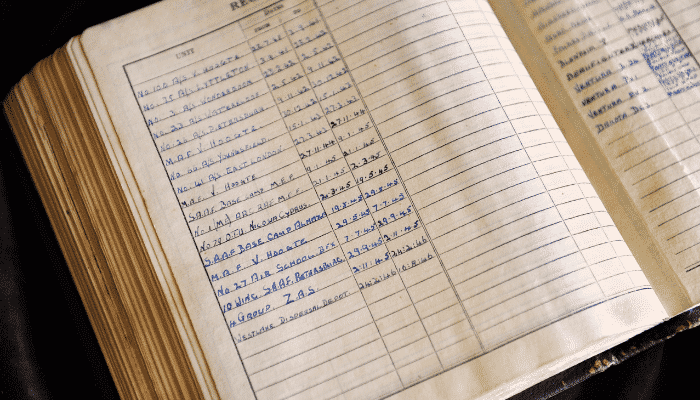
Accountability for shipboard operations are of umpteen importance; in that, the tasks that are carried out as well as the existing conditions they are carried out under have to be recorded in order to have a formal/official document supporting the efficiency and reasoning behind the job that has been undertaken. In case of an unfortunate incident, it is this record that lends credibility to insurance claims and thereby ensures that the competency of the officer recording the incident can be measured and a judgment reached accordingly.
Related Read: 8 Important Points For Efficiently Taking Over a Bridge Navigational Watch
It is for this reason that pretty much every task for every department has to have to have some record in some log book. The Deck Log Book, therefore, is a prime piece of document that has in its record all actions that are undertaken in the bridge.
The logbook used to record various data, scenario, and situations (including emergency situation and action) which are later used for reference, case study and for marine insurance purpose in case of damage to the ship or loss of ship’s property should be properly filled without any errors.
Related Read: Voyage Data Recorder (VDR) on a Ship Explained
It is because of this that one must be entirely sure of the entry that is to be made in the deck log book before making such an entry. Supplementary logs are thereby kept in a place which requires data to be recorded prior to making an official entry into the logbook. For example, the position is entered along with the heading, speed etc in the chart/position logbook which is then used to make an official entry into the bridge logbook towards the end of the watch.
Following are the entries which must be filled up by the Deck officer during his/her watch:
- The position of the ship in Latitude and Longitude at different intervals.
- Time to be noted when Navigation marks are passed
- Time, details and reason if there is any course alteration
- Meteorological and weather conditions including details of sea, swell etc along with the Beaufort scale that is prevalent
Related Read: What Seafarers Should Do After The Vessel Receives Storm Warning?
- Movement of the ship at sea including rolling, pitching, heaving etc
- Details of any abnormal condition
- Speed of the propulsion engine and speed of the ship in knots
- If involved in any kind of accidents like stranding, grounding etc. then details for the same
Related Read: A Seafarer’s Role in Collecting Evidence During Maritime Accidents
- Entry to be made if any physical contact with floating object or vessel is made
- Details of the distress signal received
- Entry for what kind of assistance is given to the distress signal sender
- If salvage operation is performed, complete details to be entered
Related Read: 23 Points Guide For Merchant Ships To Rescue Migrants At Sea
- If there is an oil spill or other pollution accident, position of the ship, time and complete incident to be recorded
- Record of general watch routines performed including fire watch
- Time of arrival and departure and ETA.
- If berthing or anchoring is planned, time for the same to be noted.
Related Read: A Detailed Explanation of How a Ship is Manoeuvered to a Port
- Heading and Compass error
- Drills and training carried out as well as inspections with regard to stowaways and security-related measures
- Record of stores, fresh water etc received
Also, any other entries as required by master, company, and administration should also be recorded in the logbook without fail.
Related Read: What are Master’s Standing and Night Orders?
Additionally,
- An original page should never be removed from the Logbook. This is because the Deck Logbook is used as official evidence in case of an unfortunate event
- Only official designations and symbols to be used
- If there is insufficient space in the Remarks section, insert a gummed paper strip instead of making the logbook clumsy. This shouldn’t be necessary as there is ideal space to record everything in precise language
Remember that the logbook entry carries the OOW’s signature which means that the OOW is responsible for all that is recorded by him which is a mark of his competency and accuracy of the data that is entered. The above list of data to be entered is only indicative and more detailed information pertaining to the Bridge Log Book can be read at here.
Disclaimer: The authors’ views expressed in this article do not necessarily reflect the views of Marine Insight. Data and charts, if used, in the article have been sourced from available information and have not been authenticated by any statutory authority. The author and Marine Insight do not claim it to be accurate nor accept any responsibility for the same. The views constitute only the opinions and do not constitute any guidelines or recommendation on any course of action to be followed by the reader.
The article or images cannot be reproduced, copied, shared or used in any form without the permission of the author and Marine Insight.
Do you have info to share with us ? Suggest a correction

About Author
Shilavadra Bhattacharjee is a shipbroker with a background in commercial operations after having sailed onboard as a Third Officer. His interests primarily lie in the energy sector, books and travelling.
Latest Marine Navigation Articles You Would Like:
Subscribe To Our Newsletters
By subscribing, you agree to our Privacy Policy and may receive occasional deal communications; you can unsubscribe anytime.
Web Stories




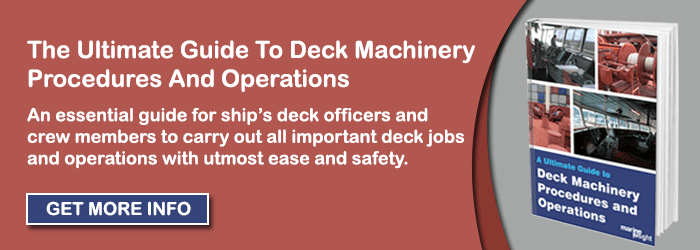
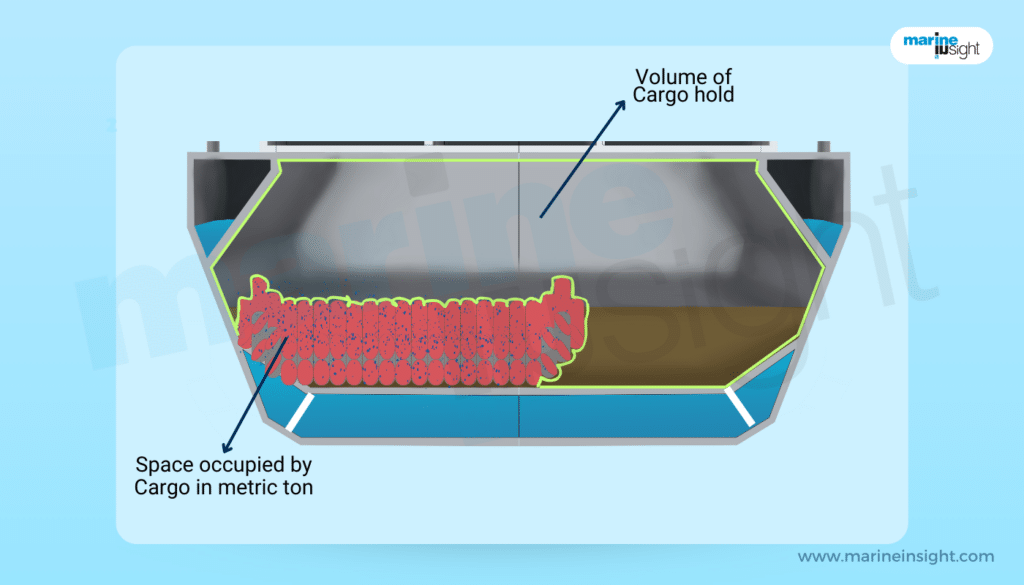
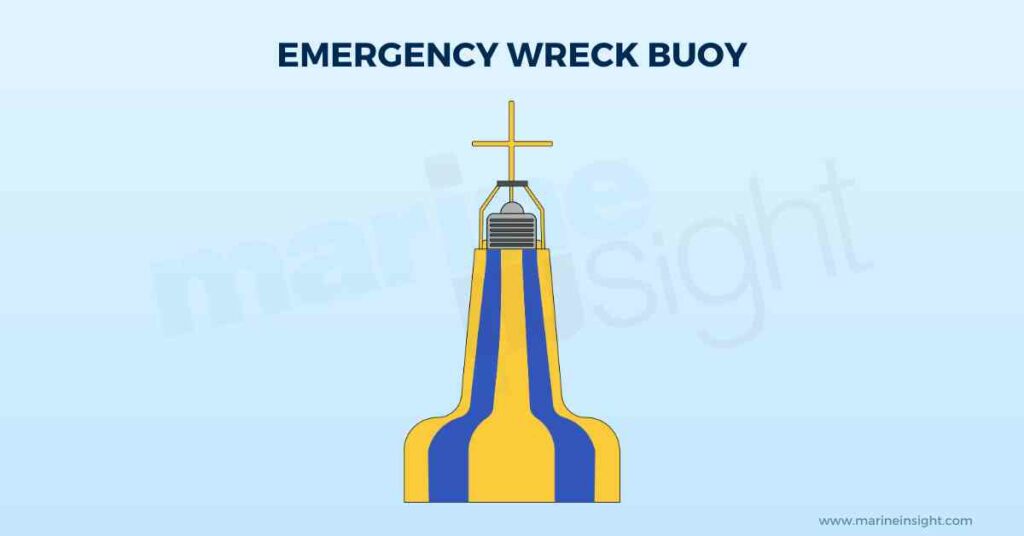

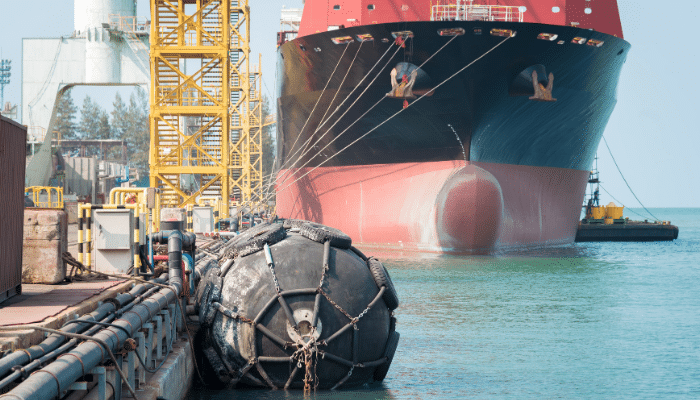
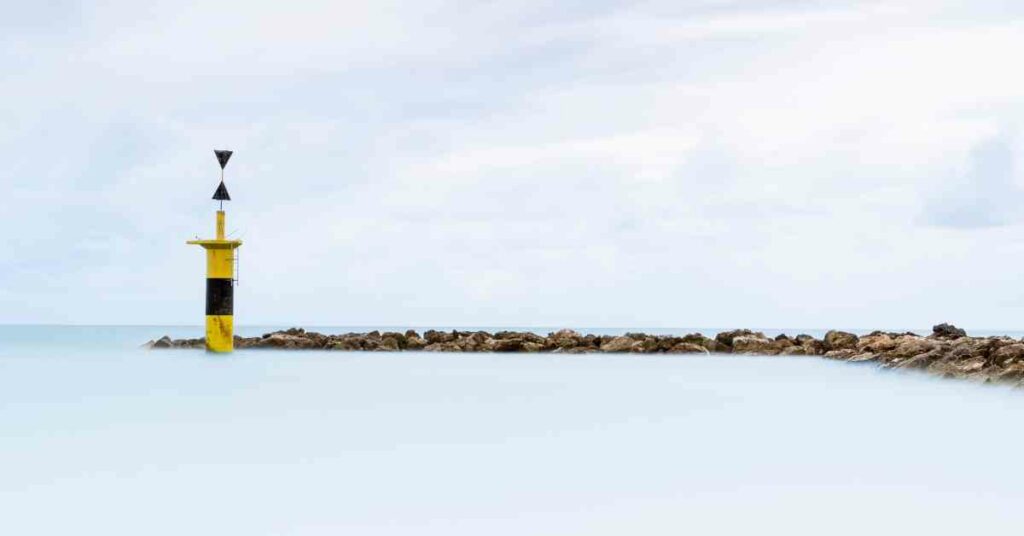
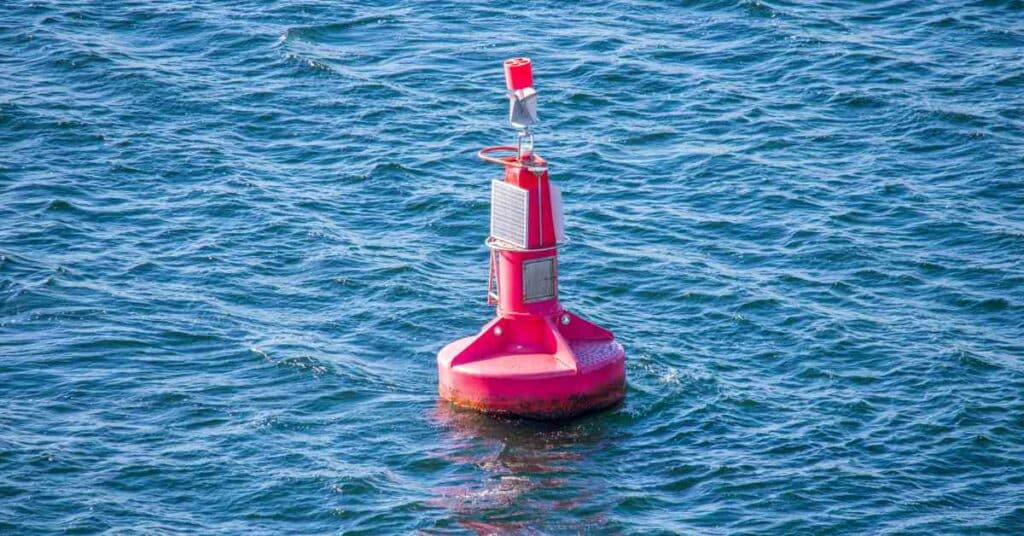

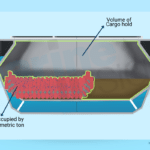
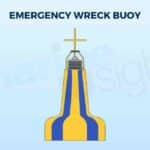

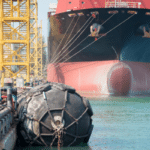

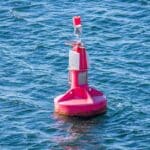





i need it
Can you also post only the basic logbook entries that is precise?
SOLAS
CHAPTER III
LIFE-SAVING APPLIANCES AND ARRANGEMENTS
Regulation 20 Operational readiness, maintenance and inspections
Weekly inspection
The following tests and inspections shall be carried out weekly and a report of the
inspection shall be entered in the log-book:
2
.1 all survival craft, rescue boats and launching appliances shall be visually inspected to
ensure that they are ready for use. The inspection shall include, but is not limited to, the
condition of hooks, their attachment to the lifeboat, and the on-load release gear being
properly and completely reset;
.2 all engines in lifeboats and rescue boats shall be run for a total period of not less than 3
min. provided the ambient temperature is above the minimum temperature required for
starting and running the engine. During this period of time, it should be demonstrated
that the gear box and gear box train are engaging satisfactorily. If the special
characteristics of an outboard motor fitted to a rescue boat would not allow it to be run
other than with its propeller submerged for a period of 3 min, it should be run for such
period as prescribed in the manufacturer’s handbook a suitable water supply may be
provided. In special cases the Administration may waive this requirement for ships
constructed before 1 July 1986;
.3 lifeboats, except free-fall lifeboats, on cargo ships shall be moved from their stowed
position, without any persons on board, to the extent necessary to demonstrate
satisfactory operation of launching appliances, if weather and sea conditions so allow
for; and
.4 the general emergency alarm system shall be tested.
7 Monthly inspections
7.1 All lifeboats, except free-fall lifeboats, shall be turned out from their stowed position,
without any persons on board if weather and sea conditions so allow.
Inspection of the life-saving appliances, including lifeboat equipment, shall be carried out
monthly using the checklist required by regulation 36.1 to ensure that they are complete
and in good order. A report of the inspection shall be entered in the log-book.